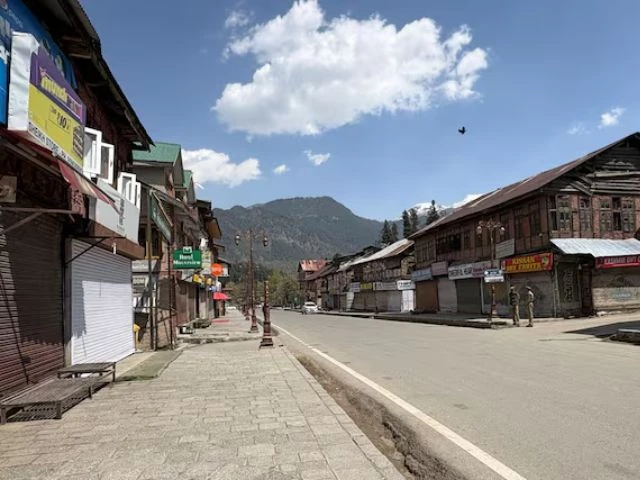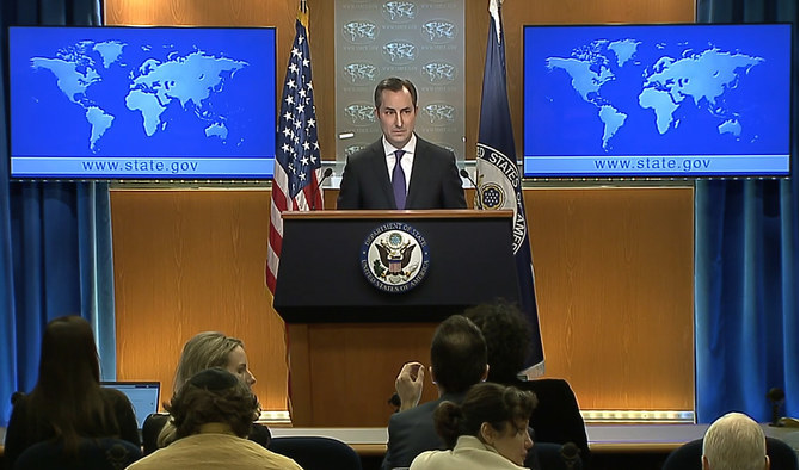The recent attack in Pahalgam, located deep within Indian-occupied Kashmir, has triggered a dangerous military escalation between nuclear-armed rivals India and Pakistan. Indian forces responded with widespread strikes across Pakistani territory, prompting concerns of a wider regional conflict. However, analysts argue that India’s reaction stems more from political theatre and domestic distractions than strategic necessity.
Observers familiar with South Asia’s long-standing volatility find the situation predictable. India has consistently blamed Pakistan for such incidents—often without providing credible evidence. The latest attack echoes the 2019 Pulwama bombing in both rhetoric and response. In both cases, India quickly held Pakistan responsible and launched retaliatory operations, bypassing international verification or scrutiny.
The Pahalgam assault, however, has raised questions about India’s own internal security. Occurring in a heavily militarized and surveilled zone, the attackers reportedly operated freely and with chilling precision. Such security lapses are reminiscent of earlier failures and have fueled criticism of Prime Minister Narendra Modi’s administration.
The Modi-led BJP government swiftly ramped up war rhetoric against Pakistan, echoing past calls for its “annihilation.” Critics view this escalation as part of a broader effort to distract from growing unrest and repression in Kashmir—especially since India revoked Article 370 in 2019, stripping the region of its autonomy. Geo-strategic analyst Dr. Claude Rakisits noted that India uses such military posturing to shift international focus away from human rights violations and demographic changes in Kashmir.
READ MORE: JD Vance: US Won’t Join India-Pakistan Conflict
Since the Article 370 revocation, Modi’s government has tried to present Kashmir as a region of stability and development. However, rights groups describe the territory as the world’s largest open-air prison, marked by repression, surveillance, and suppression of dissent. Last month’s deadly attack shattered the illusion of normalcy, exposing the reality of ongoing conflict and insecurity.
Dr. Rakisits emphasized that India’s retaliatory strikes—particularly across the international border in Punjab—represent a serious escalation. These strikes killed 31 people, including a young child, and wounded dozens more. In response, Pakistan claimed to have downed five Indian fighter jets and one drone—although India confirmed only two losses. Pakistan also destroyed 25 drones it said had violated its airspace.
These events have not only intensified the conflict but have also dealt a blow to India’s military image. The loss of advanced aircraft such as Rafales has sparked questions about the Indian Air Force’s readiness. For Prime Minister Modi, this is more than a tactical failure—it could tarnish his global reputation, especially within the Quad alliance (India, the US, Japan, and Australia), where India is positioned as a counterbalance to China.
Pakistan’s strategic response has earned it a temporary upper hand in the global narrative, similar to the 2019 incident when it returned a captured Indian pilot. Analysts now urge Pakistan to exercise restraint to maintain its perceived moral and tactical advantage. Dr. Rakisits warned that further escalation could push South Asia dangerously close to full-scale war.
As tensions remain high, international stakeholders—including the US and China—are closely monitoring the situation, hoping for de-escalation before the region crosses a point of no return.



